Move Aside, Hybrid. Here Comes The ICE

So far, if you wanted to save gas and if you didn’t want to suffer a coronary from range anxiety, you bought yourself a hybrid. The problem: They are expensive. You choose to pay Big Car instead of Big Oil. Don’t despair: Ye olde ICE still has a lot of fight in it.
Daihatsu plans to launch the e:S minivehicle next year in Japan, which can travel 30km on a single liter of gasoline. That’s about 70 mpg (non-EPA.) According to The Nikkei [sub], the car is comes with an idling stop system, and exhaust gas is recirculated to power the engine. The minivehicle is likely to sell for less than 1 million yen in Japan, or around $12,000.
Suzuki is likewise working on even more fuel efficient minivehicles, in response to “louder consumer calls for better fuel efficiency,” says President Osamu Suzuki.
These low powered cars with pint-sized engines will likely never appear on U.S. shores.
But subcompacts are turning out ever increasing mpg numbers. Nissan’s Micra gets 26 km per liter (around 60 mpg, non-EPA.) It’s cheap, and no wonder that it sold 22,000 units since launched in July, five times more than expected.
Mazda is working on a subcompact to be launched next year that promises a mileage comparable to hybrids.
With all the growth being in emerging markets where the price of a car plays a huge role, focusing on simple, low cost, fuel efficient offerings doesn’t sound like a bad idea.

Bertel Schmitt comes back to journalism after taking a 35 year break in advertising and marketing. He ran and owned advertising agencies in Duesseldorf, Germany, and New York City. Volkswagen A.G. was Bertel's most important corporate account. Schmitt's advertising and marketing career touched many corners of the industry with a special focus on automotive products and services. Since 2004, he lives in Japan and China with his wife <a href="http://www.tomokoandbertel.com"> Tomoko </a>. Bertel Schmitt is a founding board member of the <a href="http://www.offshoresuperseries.com"> Offshore Super Series </a>, an American offshore powerboat racing organization. He is co-owner of the racing team Typhoon.
More by Bertel Schmitt


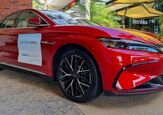
















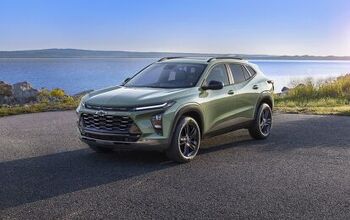
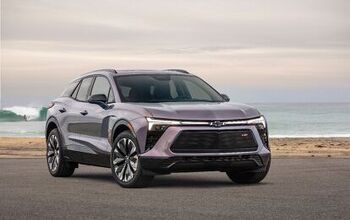
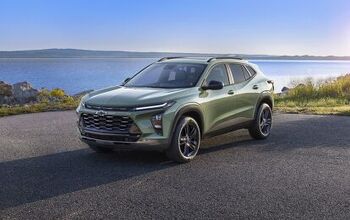

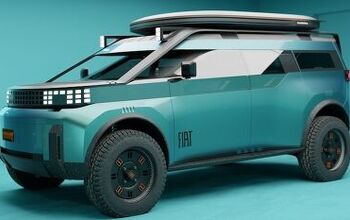
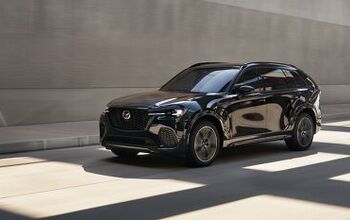
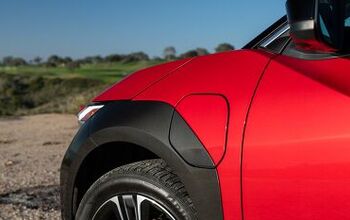
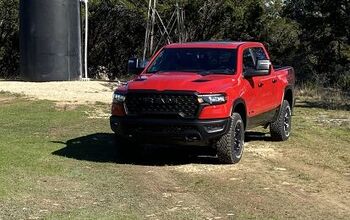
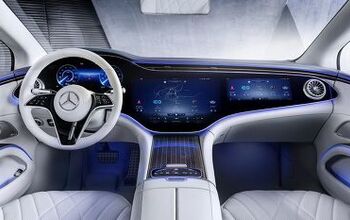
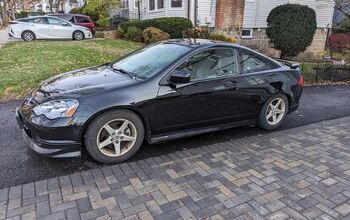

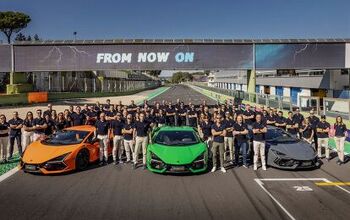
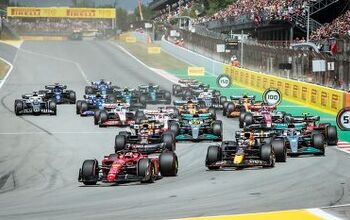


Comments
Join the conversation
I'd rather have a VW Lupo 3L: better mileage, less weirdness.
There are a lot of advances that could greatly boost fuel economy of ICE
Microcars have no problems climbing mountains. This isn't the 70's. The challenge in America is that all cars are expected to climb grades going at a steady 70 mph, towing a boat, in summer. 30 km/l is definitely doable with microcars. Suzuki already sells cars capable of that on the highway. With more modern engines, they can probably hit that on the Japanese 10-15. Exhaust gas recirculation? Such as comes on all new cars? Or are they saying that they're recapturing energy via a pump driven by the EGR?
I think the "exhaust recirculation" comment is something that was misinterpreted (or lost in translation) at some point. EGR in the conventional sense has been around for decades and it's for reducing NOx emissions, most certainly *not* to "power the engine". Some direct-injection strategies use much larger percentages of EGR partially for the purpose of reducing pumping losses (so the intake stroke doesn't have to pull against as much vacuum). Recovery of energy from the exhaust can take the form of heat recovery (new Prius does this to help give more interior heat in conditions when the engine seldom runs). There is also BMW's "Turbosteamer" system that used it to power a small turbine that I believe they used to charge the battery (in place of the standard alternator - which is a power drain on the engine). And back in WWII, some aircraft engines had exhaust turbines (think: half of a turbocharger, but instead of spinning a compressor, it's geared to the engine).